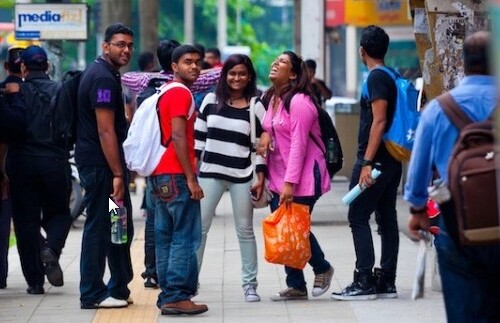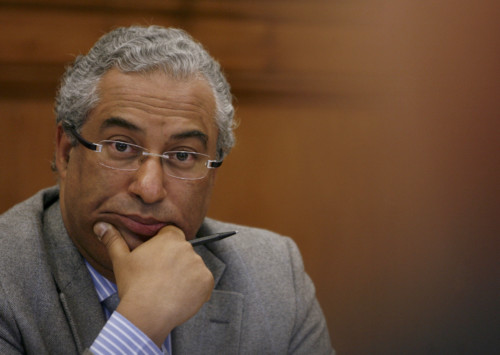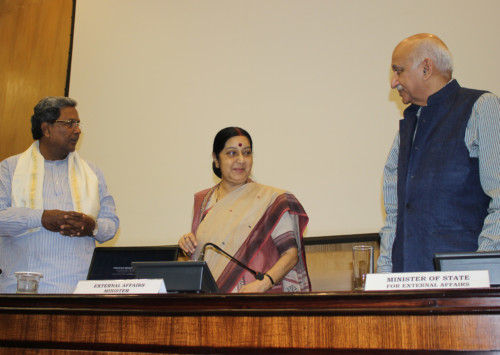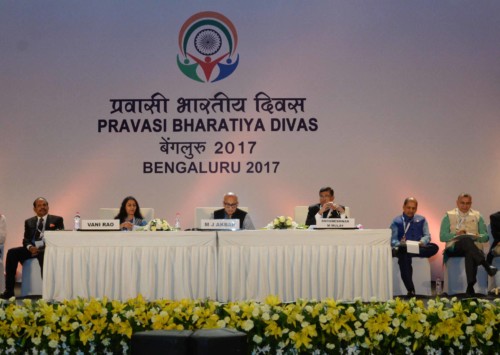India remains an antique showcase of Portuguese architecture
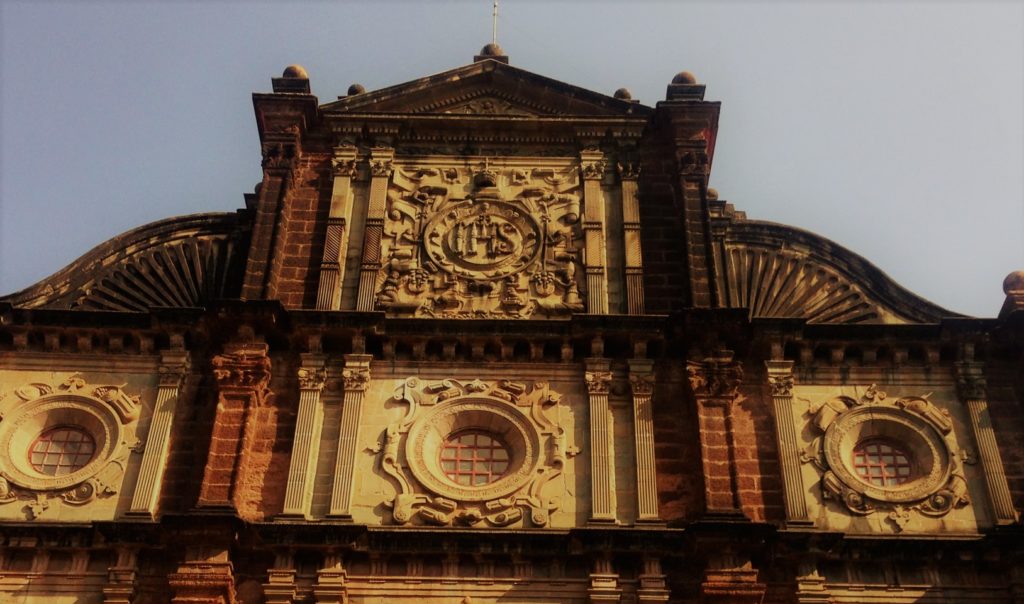
The Basilica of Bom Jesus in Goa is a UNESCO World Heritage Site built during the Portuguese regime in India
Indian territories such as Goa, Daman and Diu on the western coast of the peninsula still holds a very strong Portuguese influence in terms of the local languages, architecture and fervour. However, are we building on a mutually beneficial space that is rightly reminiscent of the glories of the past?
Bilateral relations between India and Portugal witnessed a reestablishment in 1974 which gradually improved over the years. India’s growing economic might coupled with the country’s contextual position as a regional and global player has also fuelled a positive turnaround for the Indo-Portuguese relationship.
Portuguese residues in India
Despite political relationships improving over the years, India has always remained a reference of significant Portuguese footprints in terms of cross-cultural art and architecture. The cultural relevance along with the presence of a large diaspora in the south European country makes it interesting for anyone looking from a neutral perspective. Goa, Daman and Diu, Dadra and Nagar Haveli, Kerala and even the eastern state of West Bengal were parts of the Portuguese India that highlight excellent architecture ranging from churches and monuments dating back centuries.
As an explorer of art and architecture in India, one would often come across the legacy of Portuguese architecture in various parts of India. Reports such as ruins of an ancient fort, believed to be the 500-year-old Fort Immanuel, built by the Portuguese, have surfaced near the seashore in Kochi in the southern state of Kerala. Or even in West Bengal, which witnessed the first Christian Church on the banks of the Hooghly River in 1599. Popularly known as the Bandel Church, this is probably one of the very few basilicas in India, also known as the Basilica of the Holy Rosary.
The Se Cathedral in Goa is Asia’s largest church built by the Portuguese in the 16th century. With 14 altars, eight chapels and five bells, this church is a manifestation of the exquisite early Portuguese architecture in India. Not to forget the most famous Basilica of Bom Jesus in Goa, as it houses the tomb and relics of St. Francis Xavier. A three storied structure that is a blend of Doric, Corinthian and Composite architectural styles in its facade, the church on every December 3 displays the finger of St. Francis Xavier for public view.
Political links improving
Building on the better side of the relationship, the two countries now share an excellent political equation overcoming the irritants of 1961. Portugal has consistently supported India at multilateral fore, including for a permanent seat at the UNSC. The cooperation between India and Portugal is also witnessed in the fact that Portugal agreed to the extradition of Abu Salem. Portugal is the first European Union nation to agree to extradition.
The Pravasi Bharatiya Divas (PBD) 2017 is going to set the stage for further Indo-Portuguese relationships. The Prime Minister of Portugal, Antonio Costa will be in Bengaluru as the chief guest and this will be after a long time a strong effort to build on the strengths of this potential bilateral bond. Out of a population of 10 million, the Indian community in Portugal is estimated to be around 70,000 strong, including 5,000 Indian citizens. This is the third highest population of persons of Indian origin in Europe, after the UK and the Netherlands. The Indian community enjoys a special position in Portugal because of its historical relations with India.

